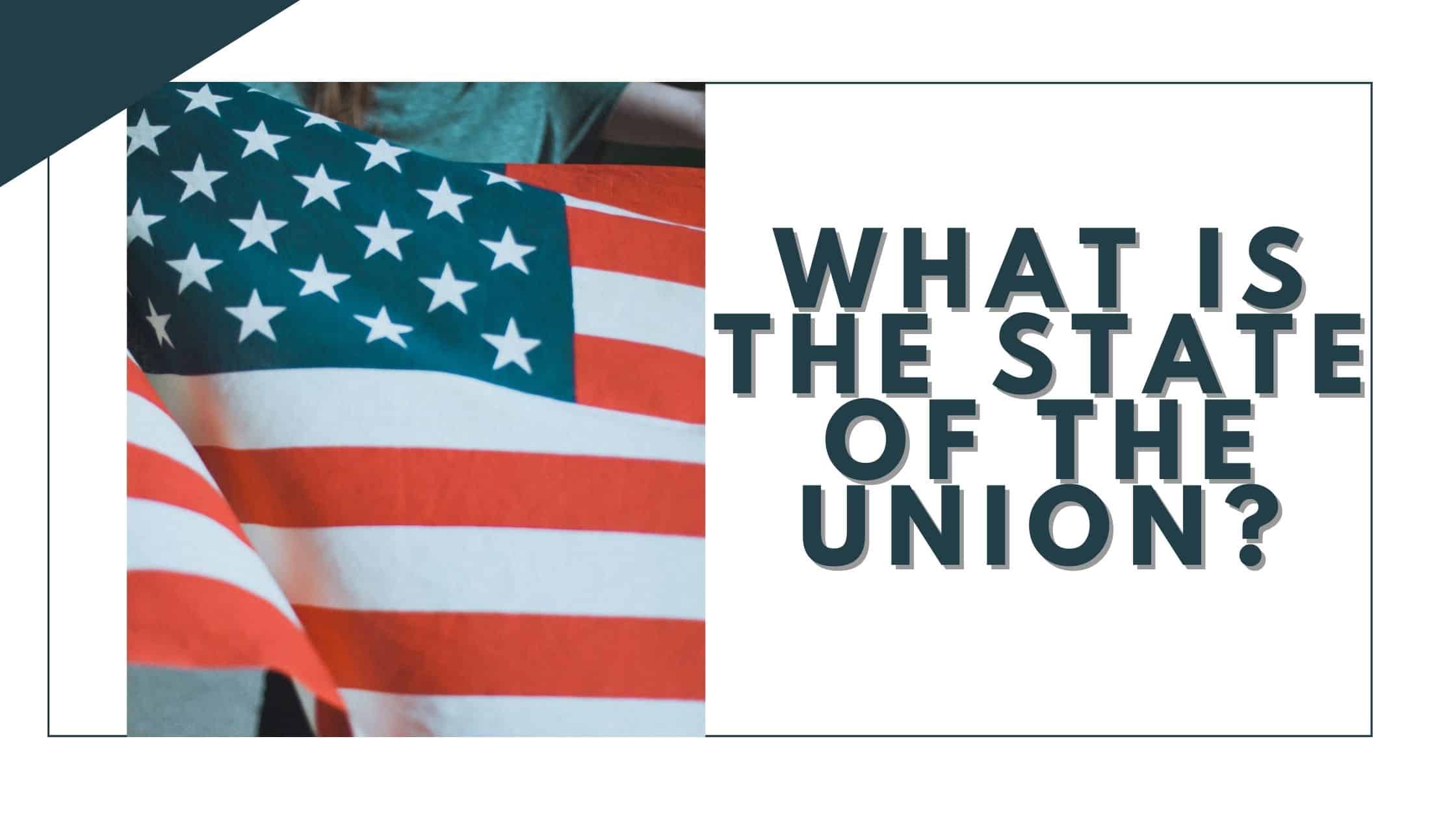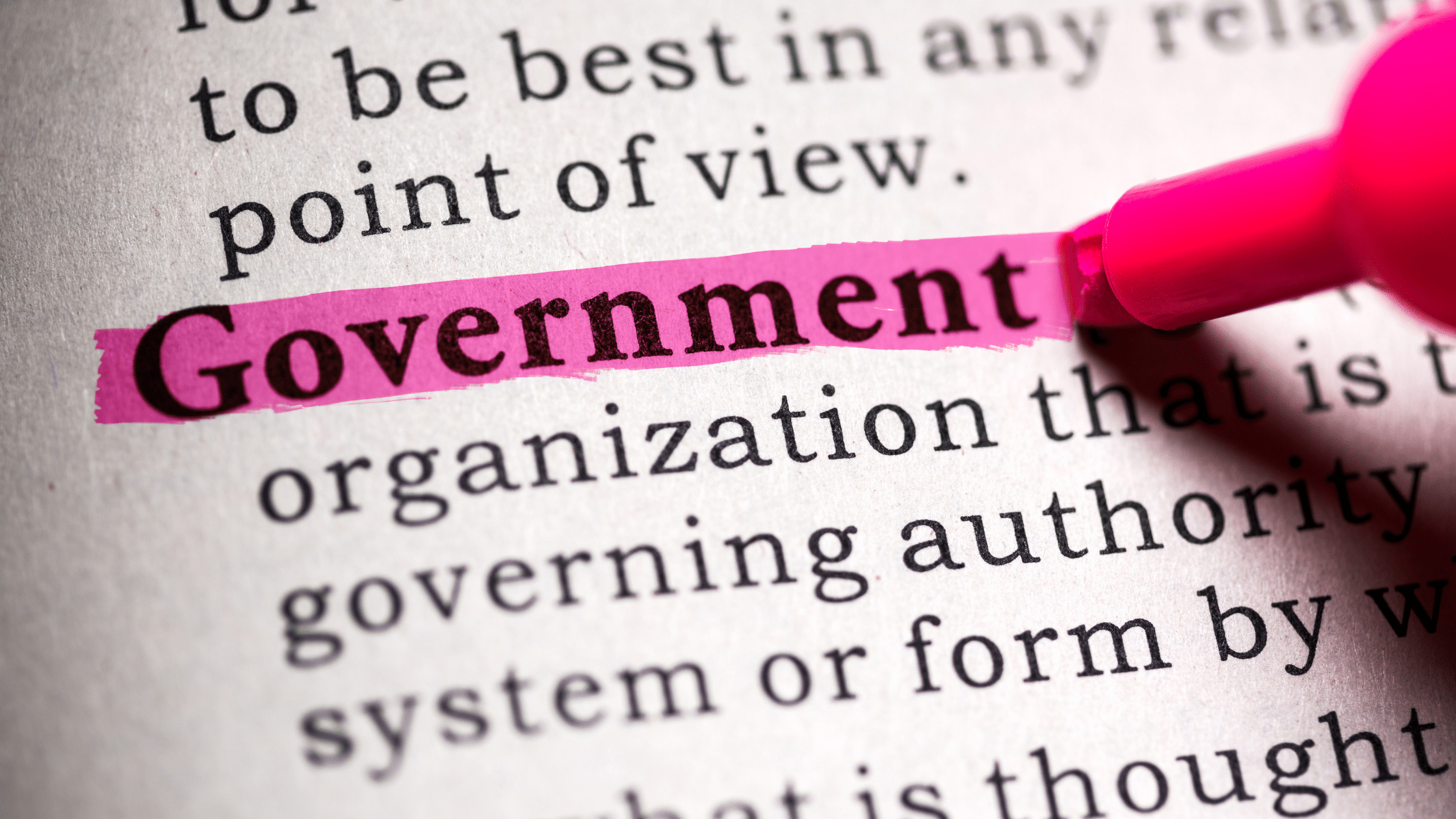Table of Contents
ToggleThe State of the Union is a speech given by the President of the United States that is delivered around the start of the year. The speech is given to a joint session of Congress as an analysis of the country’s current state.
The State of the Union often covers many concerns surrounding the United States. The speech includes a discussion on the national economy, budget, achievements in the prior year, and the president’s ideas for what should happen in the coming year.
Why Does the President Give a State of the Union?
The State of the Union is an opportunity for the president to outline his concept of where the country currently stands and is headed in the future.
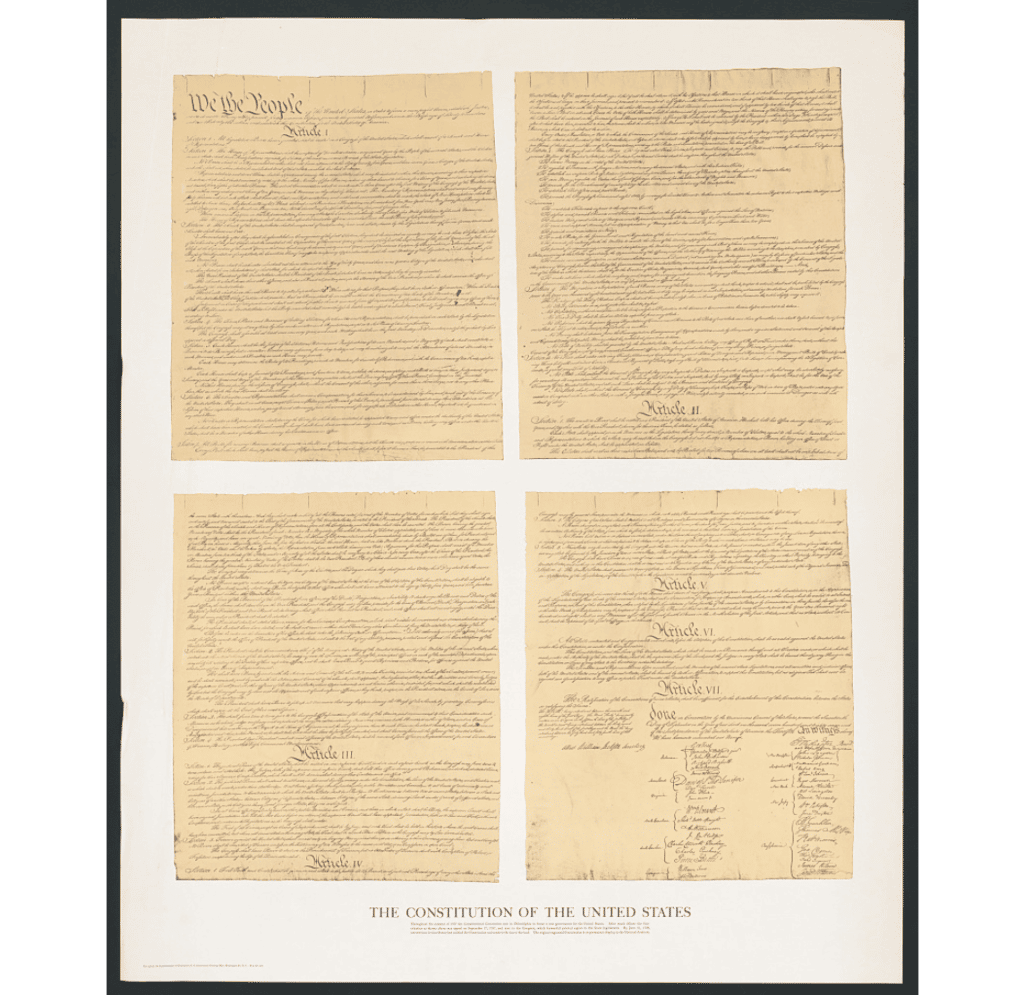
Article II, Section 3 of the Constitution states that the president is required to give the State of the Union address each year. It stipulates that the president must “from time to time give to Congress information of the State of the Union.”
The Constitution also says the president will use the speech to “recommend to their Consideration such Measures as he shall judge necessary.”
President George Washington gave the first State of the Union address in 1790, and the annual message has become an important tradition ever since.
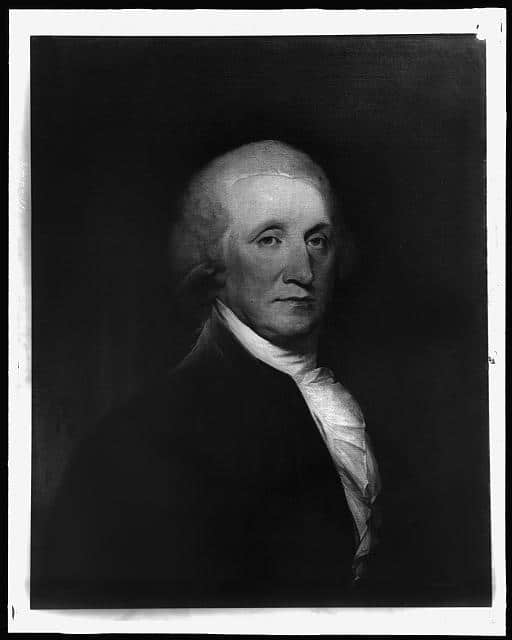
What Does the State of the Union Cover?
The president will address many points when delivering the State of the Union. These aspects include the following:
- What has happened in the United States in the past year.
- Ongoing concerns surrounding what is happening in the country.
- A discussion of threats and risks to the country.
- Economic points, including aspects of trade and employment.
- The president’s planned agenda for the coming year.
- Legislative proposals the president wishes to share.
When Does the State of the Union Occur?
The State of the Union typically occurs around the start of the calendar year after the new session of Congress commences.

The House and Senate will pass a resolution to state when the speech should be presented. The Speaker of the House will then provide an invitation to the president to make an address at that time.
The president used to not give a State of the Union address during his first year in office, which means William Henry Harrison and James Garfield (both died in their first year in office) are the only two presidents in American history to have never issued a State of the Union address.
Since Ronald Reagan did so in 1981, the president also gives an address during the first year of their term, usually a few weeks after the term starts. The first speech is not interpreted as a State of the Union address but as a joint address to Congress.
How Does the Speech Work?
The State of the Union used to be administered as a written message to the nation. But in 1913, President Woodrow Wilson established a new precedent where the president would recite the speech to a joint session of Congress. Almost every State of the Union has been in front of a Congressional session since then.
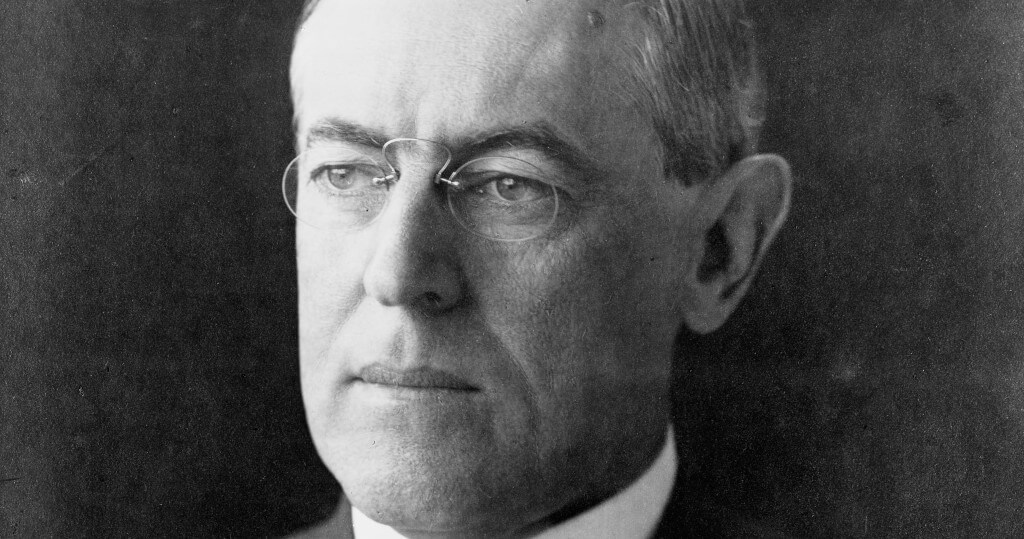
The State of the Union follows a few steps:
- The House members will gather in the Congressional chamber.
- The Cabinet members, Supreme Court justices, and a few other officials also enter and sit in their reserved seats.
- At about 9 p.m. local time, the House Sergeant at Arms will introduce the president.
- The president will reach the lectern and give manila envelopes containing the speech to the Vice President and Speaker of the House, both positioned behind the president.
- The Speaker of the House will introduce the president.
- The president will conduct his speech as planned.
- After the speech ends, the opposing party will give a response from a separate location.
How Long Does the State of the Union Take?
The amount of time necessary for the State of the Union will vary. Many speeches are often prolonged due to moments of applause in the Congressional chamber.
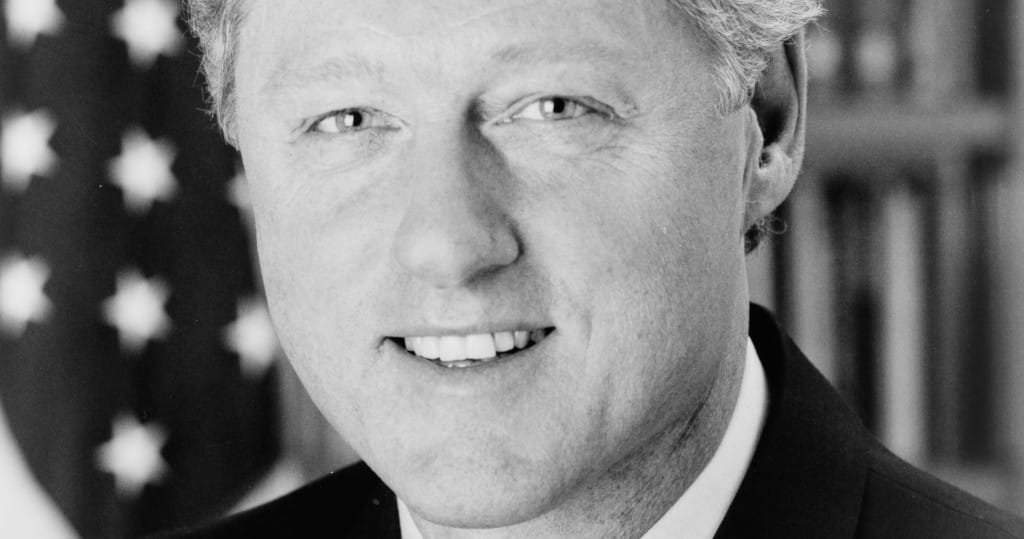
The amount of time it takes to deliver the State of the Union has been measured each year since 1964. Bill Clinton’s 2000 address was the longest at nearly 89 minutes, while Richard Nixon’s 1972 speech was around 29 minutes.
The Designated Survivor
The State of the Union also has a designated survivor, a Cabinet member who does not attend the Union speech. The standard began in the 1980s out of concern over a Soviet attack on the speech during the Cold War.
The Cabinet member who is the designated survivor will vary by year. In 1984, Ronald Reagan chose Secretary of Housing and Urban Development Samuel Pierce Jr. as the first ever designated survivor. A year later, Commerce Secretary Malcolm Baldridge was the survivor.

Get Smarter on US News, History, and the Constitution
Join the thousands of fellow patriots who rely on our 5-minute newsletter to stay informed on the key events and trends that shaped our nation's past and continue to shape its present.
How Does the Opposition Respond?
The opposing political party will give a response to the State of the Union shortly after it occurs. This tradition has been part of the State of the Union since 1966.
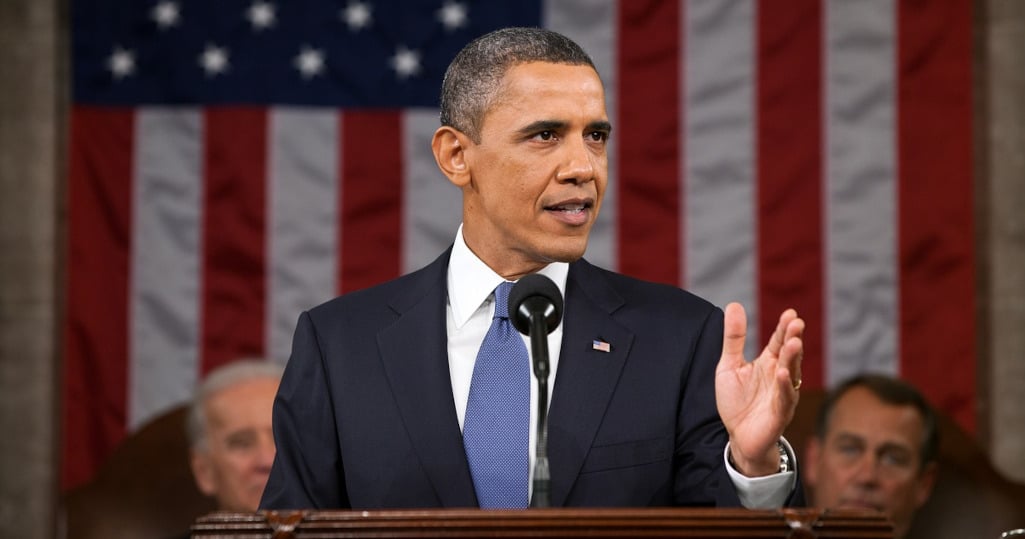
The opposing response is typically given in a studio without an audience. However, some speakers have given their responses in places like diners, schools, and other locations with few people watching.
Many of the people who gave the official response are rising members of Congress. In 2013, Florida Senator Marco Rubio issued a response to President Barack Obama’s address, while South Carolina Governor Nikki Haley responded to Obama’s Union speech in 2016.
The Democratic Party has also given a few Spanish-language responses, including one in 2004 by New Mexico Governor Bill Richardson.
Acknowledged Guests
The last point of the State of the Union involves the acknowledged guests at the speech. The president can bring up to 24 guests to be seated alongside the First Lady, while the Speaker of the House can invite up to 24 guests in the Speaker’s box.
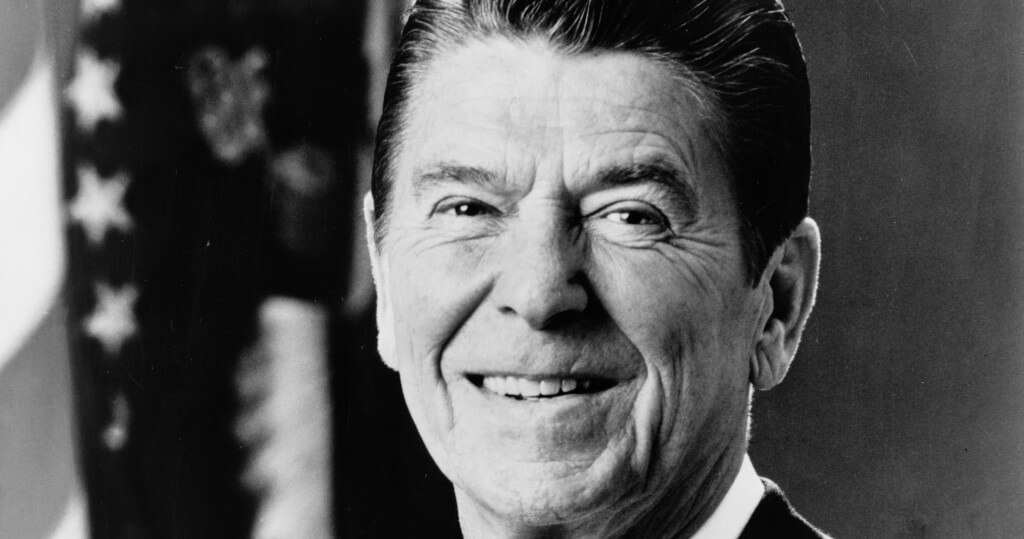
These guests were first acknowledged in 1982 when Ronald Reagan acknowledged Lenny Skutnik, a government employee who saved a drowning victim of the Air Florida Flight 90 crash a few days earlier.
Many acknowledged guests are notable public figures or people who express American ideals. For instance, in 2002, George W Bush invited a flight attendant who stopped an attempt to detonate a “shoe bomb” on a plane.
In 2007, he also acknowledged Dikembe Mutumbo, a Congo-born professional basketball star who became an American citizen and built a hospital in Congo.
